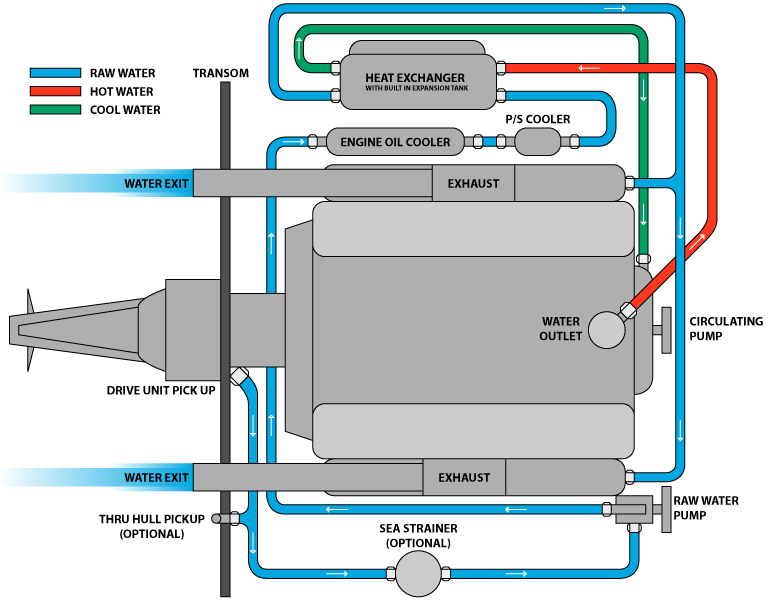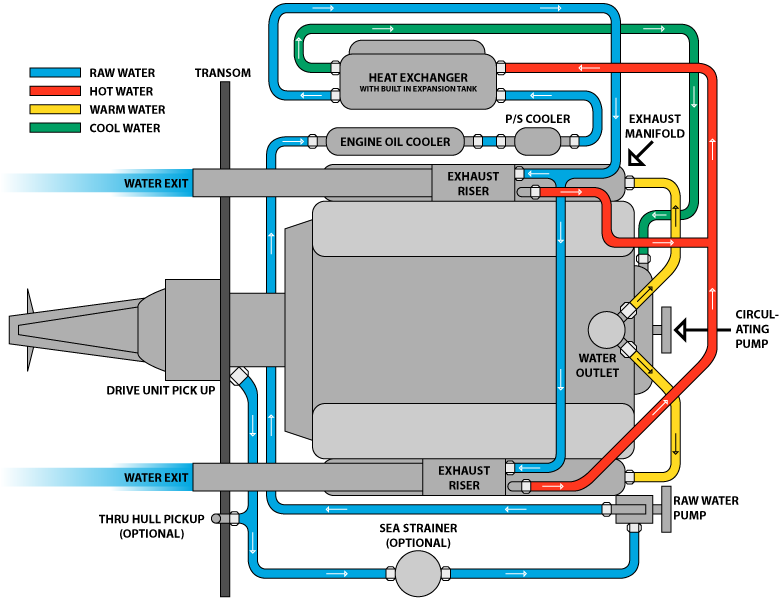Car Craft of Hot Rod did a monster test on this kind of thing back in the day. I think they had a few intakes, all the possible carb spacer configurations, and a couple different carbs. Their test motor had a lot of chest hair, IIRC... 406 with 18 degree heads and 11:1 with a circle track cam.
Results didn't follow logic. In the case of a 4-hole spacer where you might expect HP to not change much and Torque to increase a bit, sometimes the opposite happened.
The dual plane you have (performer 289) is a true dual plane, so my guess is that a 4-hole spacer will have zero effect, a two-hole spacer that matches the intake will have zero effect, and the open spacer will have a very tiny effect of possibly giving you 3 more HP at the expense of possibly losing a bit of midrange torque. There will be a point in the harmonics where the "sharing" will favor one side and then the other.
I would personally go with the 2-hole that matches the plenum. You could also do both the 2-hole and the open and try them both. I have a feeling you'll never notice a difference.
As far as thickness, don't stress. First, the heat that the carb sees isn't the end of the world even on a car, so in a boat situation where you have an endless supply of cold sea water you won't have the soaking effects of air-water cooling like a car. Then, think about the overall distance from the throttle plates to the valves. They're already vastly different from one port to the next, so it's not like the thickness of the spacer will make the magic harmonics happen. Even if it did, it would make the magic happen for one or two runners, and only for one or maybe two points in the RPM range.
TL;DR... I think you're overthinking it. Pick a spacer and put it on. If this were a race engine where the last 5hp was important, I'd take the time to check it out. On a boat engine which is engineered specifically for low end torque, I don't think you'll ever notice anything.
Another thing to consider, in a boat you're riding on water with exponentially greater resistance than in a car in the air. In a car, you might be able to tell the difference with 15 more hp. In most traditional boat hull designs, it takes about 20 more hp for a gain of 1 additional mph. As long as the spacer you choose doesn't cause bogs, mixture issues, or a vacuum leak, it won't change your top speed. The rule in my boat was that if the captain needed to go faster, all passengers agree upon boarding that they may be thrown overboard at any time without warning.

































